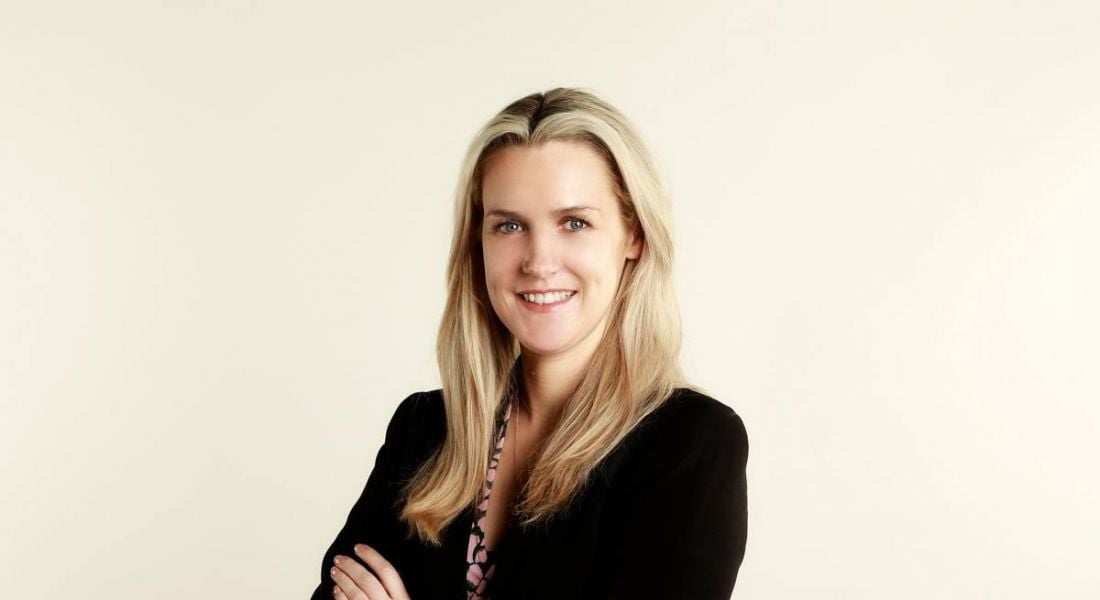CBRE’s Megan Burke discusses the trends that are shaping office spaces and shares some advice for companies around the new ways of working.
With the flexible working model continuing to grow, many companies are seeking offices that they can use on flexible terms in order to remain adaptable. These spaces have had to evolve in line with new trends.
Megan Burke leads the Dublin-based flexible offices brokerage team in CBRE, a global commercial real estate business.
She said the main trend driving this flexible way of working is uncertainty. “Agility for businesses has become really important in the midst of global ambiguity,” she said.
“Major corporates around the world are still trying to determine their ‘back to work’ policies. Are employees returning to the office? Are they working remotely part time? How is the overall economy likely to perform and how will this impact headcounts? This is accelerating the trend towards more flexible real-estate solutions.”
As well as increase in the use of flexible office spaces in general, Burke said the way these spaces are designed has also changed.
“At first, there was the ‘serviced office’, where users could pay to access a shared work suite with a limited number of amenities. This type of space was geared towards small start-up companies with remote workers in mind and was relatively cheap and informal space,” she said.
“With more companies wanting to experience the benefits of flexible working, the sector began to evolve and now offers a range of serviced office space from co-working to private flexible offices and even traditional landlords offering managed office space as an enterprise solution.”
Advice for companies
While many workers have embraced remote and hybrid working, many businesses have sought a return to the office as the effects of the pandemic have reduced.
Burke said it can be difficult to find a balance between the two. “Employees appear to want flexibility and a hybrid working model, [while] employers need a base to foster company culture and to attract and retain talent,” she said.
“One of the main attractions of flexible space is that the building operator provides all of the on-site building amenities.”
She added that one of the key elements leaders should think about if they’re looking for a flexible office model is to find one that fosters a culture of collaboration within the building.
“It takes a lot of pressure off the employer when the community element is looked after by the service provider and when benefits such as high-speed technology, gyms and wellness facilities, townhall events with guest speakers, after-work drinks, barista coffees, etc are all provided on site as part of the monthly rent.”
10 things you need to know direct to your inbox every weekday. Sign up for the Daily Brief, Silicon Republic’s digest of essential sci-tech news.




